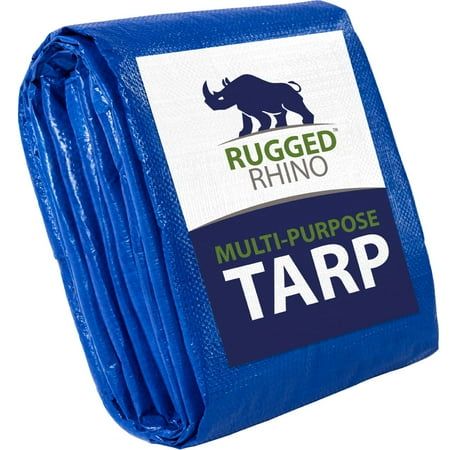You'll Be Stunned by How Versatile This Simple Item Can Be – 7 Unusual Uses for a Tarp in the Garden Over Winter
A tarp can be a vital gardening tool for winter
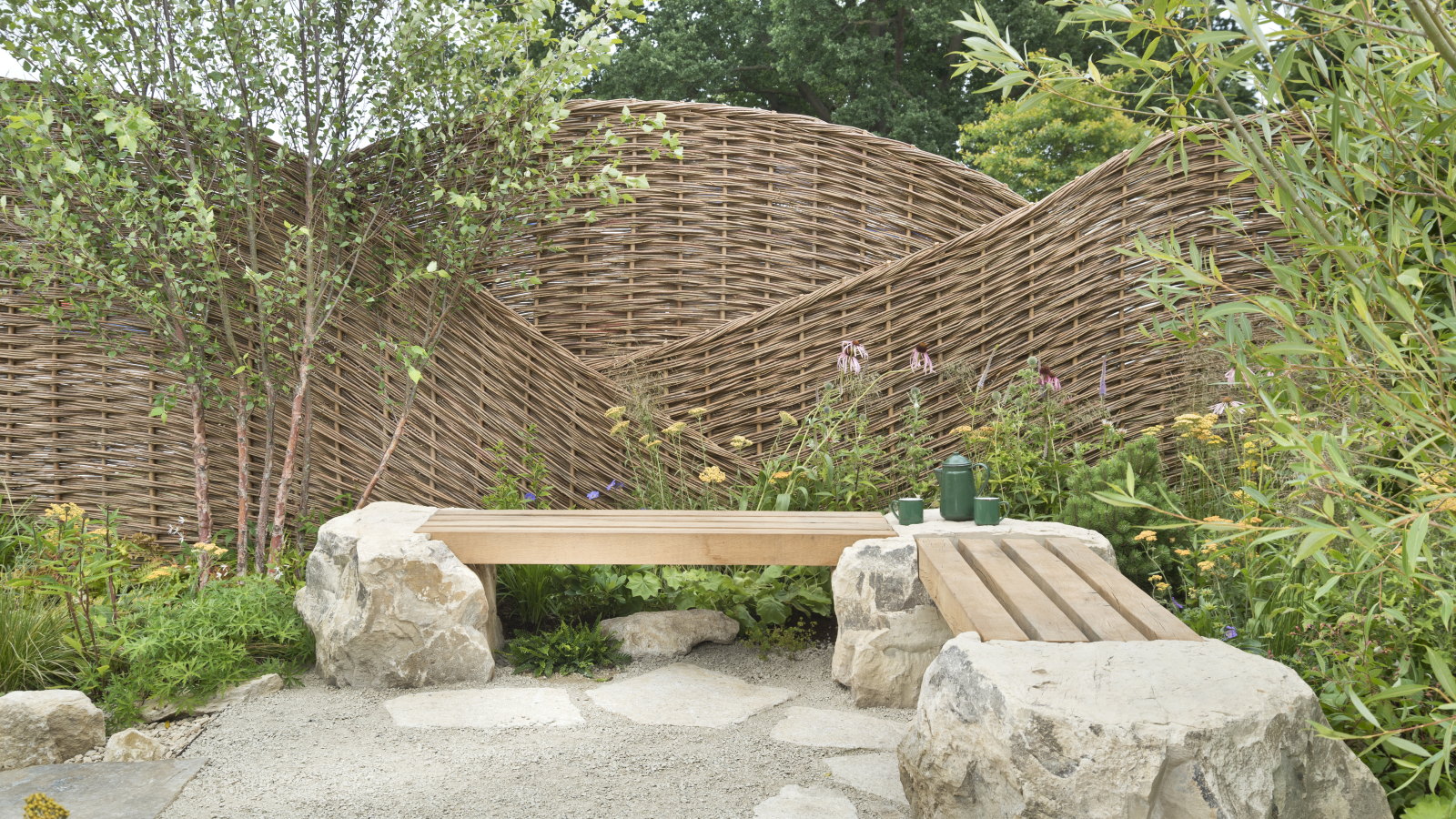

A common tarp might not immediately spring to mind as a versatile gardening tool, but its usefulness during the winter months may be surprising. This durable, waterproof material proves incredibly useful for a variety of tasks.
Whether you need a quick fix or a long-term solution, a tarp can be cleverly adapted to shield, cover, or protect various garden items. Beyond just covering or protecting things, it can even be ingeniously used for efficient composting or collecting precious rainwater.
This guide will unveil some of the possibilities, highlighting seven unexpected and unusual uses for a tarp in the garden throughout winter. Prepare to be pleasantly surprised by the effectiveness of this essential gardening tool, and ready to go grab your old tarp out of storage.

Unusual uses for a tarp in the garden over winter – 7 potential possibilities
A tarp may offer a solution to several jobs on your fall gardening checklist, as you prepare to get the yard ready for winter.
A common item like this 8 x 10 feet multi-purpose tarp on Amazon can be ideally suited for all of the jobs on this list.
1. To cover bare soil
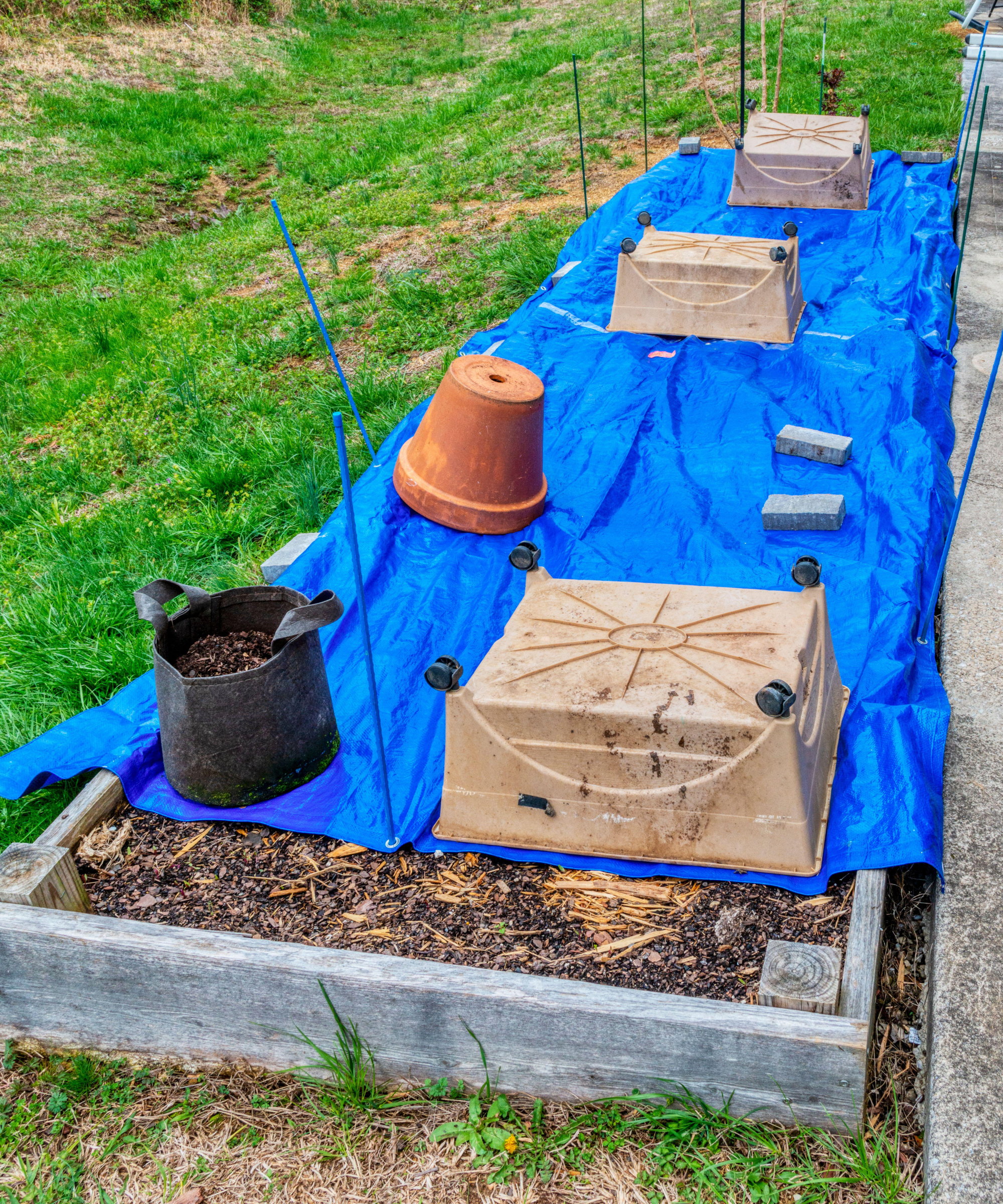
A heavy-duty tap makes a great cover for any beds set to be empty over winter. After tidying up flower beds or vegetable gardens in the fall, you may be left with bare patches of soil.
Rather than leaving them open to the elements, covering bare soil in winter with a tarp helps prepare garden soil for spring. It reduces erosion, retains moisture, and also prevents weeds from sprouting during the winter and early spring.
Design expertise in your inbox – from inspiring decorating ideas and beautiful celebrity homes to practical gardening advice and shopping round-ups.
Come spring, you can uncover the bed, and it is ready for planting almost immediately. No weeds to remove that have germinated unopposed over the previous months, no loss of nutrients, and no soil erosion over winter.
If you mulched with organic matter before laying the tarp, the ground is good-to-go for your spring planting. As the soil will warm earlier in spring due to the tarp absorbing any heat, it can put you weeks ahead of where you would be if you’d left beds uncovered.
It will be important to secure the edges of the tarp down for the winter to prevent it from blowing away in strong winds. Use heavy objects, such as bricks, rocks, or bags filled with soil, to seal the perimeter.
2. For harvesting rainwater
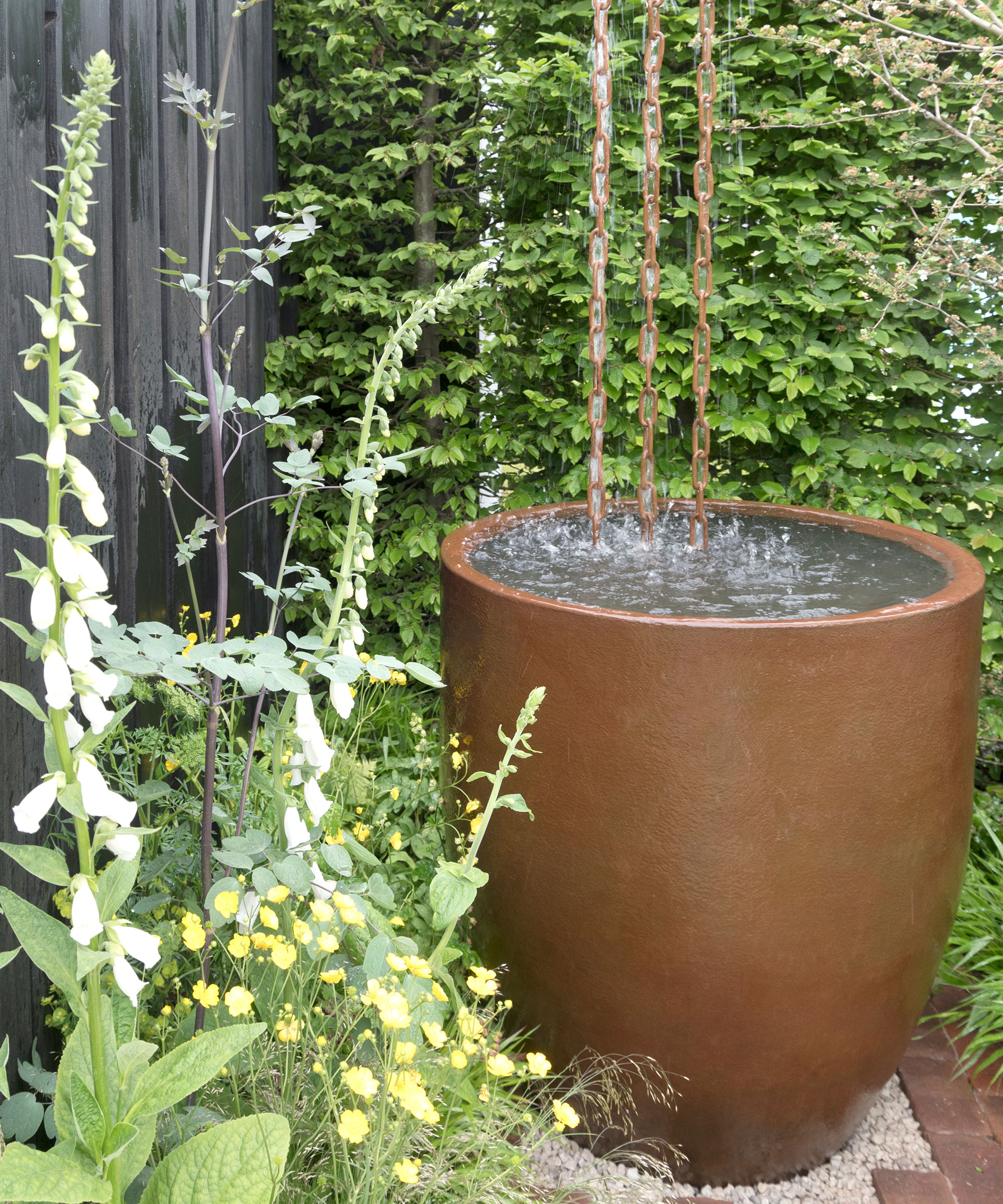
Harvesting rainwater and conserving water are increasingly important, but most people rely on gutters and downspouts to divert rainwater into rain barrels. A tarp allows you to harvest rainwater without a gutter if you don’t have access to more traditional ways of collecting rainwater.
The trick is to use an angled tarp to direct rainwater into a container. Connect the top two of the tarp to a building, trees, or stakes to raise one end of the tarp and angle it so the water runs down to the lower corners, where it can be funnelled and collected into a rain barrel or large bucket. A collapsible rain barrel like this one at Walmart makes a great temporary solution for collecting rainwater.
3. To cover plants

Tarps can offer a quick fix to protect plants from frost during winter. When cold overnight temperatures are expected, put stakes or pots in the ground to support a tarp laid over the plants. It creates a simple DIY cloche or cold frame to shelter plants from potentially harmful frosts.
When using this technique, there are some factors you must get right. Firstly, the tarp must not be touching the plants, as it can damage them if it freezes to the foliage. But it does need to cover them completely and be securely weighed down to the ground.
Use the tarp to cover plants overnight, and then remove it during the day so the plants can get some sun and air. For extra protection, cover the plants with a layer of frost cloth, then use the tarp over the top.
An alternative method can be used to protect pots and planters from frost. This is to pack straw or fleece (like this horticultural fleece at Amazon) around containers and then wrap the tarp around them. This can be done for individual pots or groups of containers if you move pots together for winter to keep them warm.
4. To protect furniture

If you have metal or wooden outdoor furniture, rain, winds, ice, and snow can damage it during the winter. Iron furniture is especially vulnerable, as it can rust if exposed to wet and cold conditions throughout the colder months, and wooden tables and chairs can warp or crack if allowed to freeze and thaw during the winter.
Tarps offer a budget-friendly way to protect garden furniture in winter, which can be very useful if you don’t have bespoke covers for your furniture or space to bring it indoors for winter.
A heavy-duty tarp secured with rope or bungee cords (like this 2-pack of heavy-duty 24-Inch bungee cords at Walmart) can be wrapped around your furniture. But leave some gaps for ventilation, so air can enter to prevent the build-up of mold or mildew over winter. Once the weather improves come spring, you can unwrap and clean the outdoor furniture so it is ready to use again.
5. As a windbreak
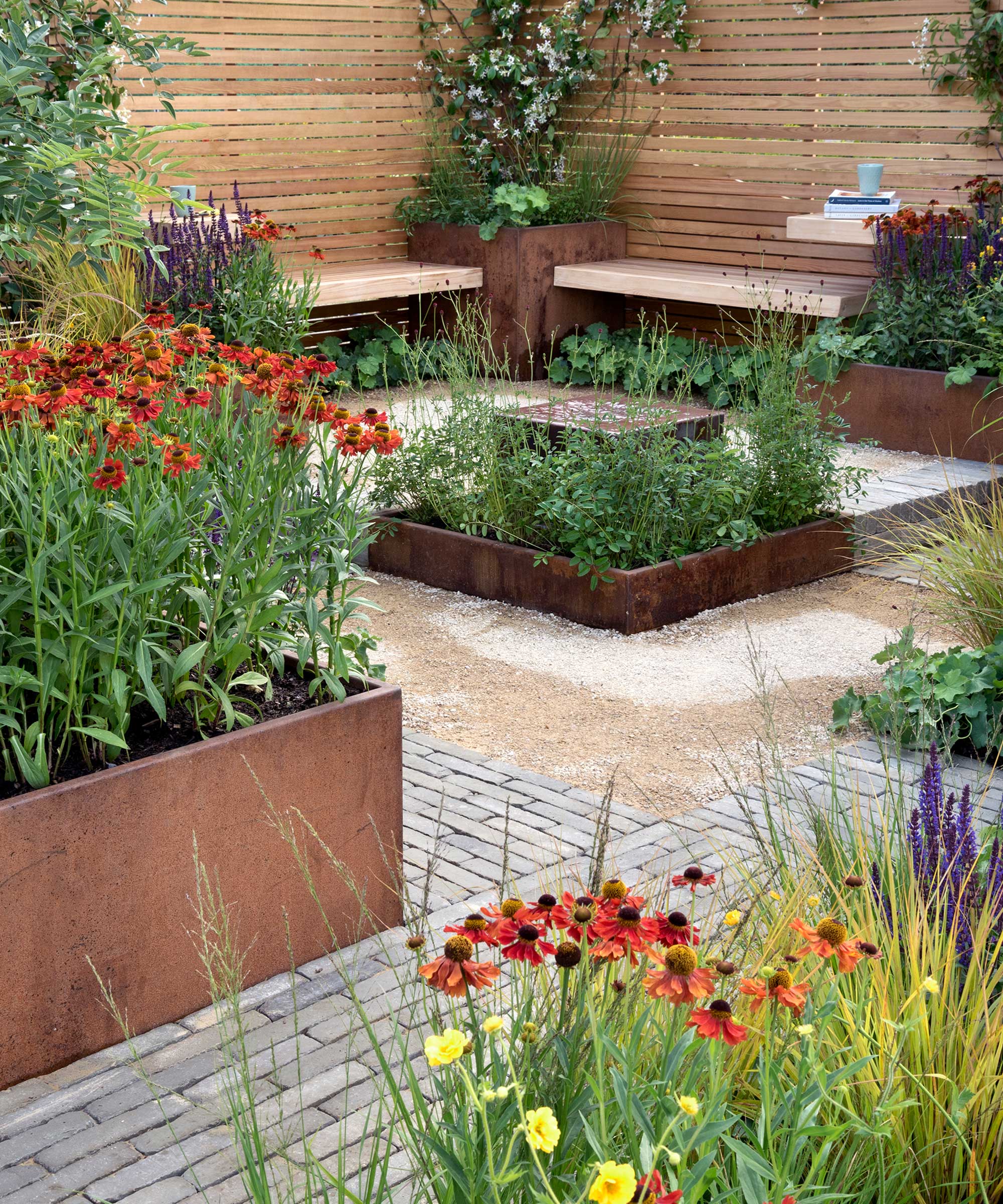
As well as using it to protect plants from frosts, another of the potentially unusual uses for a tarp in the garden over winter is as a windbreak.
Strong winter gales can damage plants, causing wind rock and damaging roots as they are buffeted back and forth by the winds, and even potentially uproot. Soil can also be dried out or eroded by strong winds.
Using a tarp as a windbreak can reduce wind damage and even enclose a windy area of your yard to keep plants safe.
Stretch the tarp between posts or stakes, and first secure the bottom of the tarp to the ground using the bottom grommets and heavy-duty pegs, such as these heavy-duty steel tent pegs at Amazon. Raise the tap onto the posts or stakes and secure it tightly. Creating tension and ensuring the tarp is taut stops it from flapping in the winds and breaking free of the supports.
6. To make compost

The process of making compost invariably slows down during the winter, as the temperatures drop the process decelerates with it. A good winter composting hack to retain more heat is to cover open bays, and a tarp makes an ideal material for this.
Covering your compost pile with a tarp keeps the conditions right for the process to operate efficiently, while also being an insulating layer to stop compost freezing in winter.
You also don’t want compost to get too wet over winter, which affects the process of breaking down, and a tarp stops excess rainwater from penetrating and making the material too soggy.
It is as simple as covering the pile with a tarp and weighing it down with rocks or bricks to keep it in place over winter. You should only need to remove it once or twice to turn the compost during the colder months.
7. For shielding buds

Having easy access to a tarp in late winter is handy if you suffer from a false spring. A false spring is when temperatures rise early in the year, only to then drop back to wintry conditions, and it is a common phenomenon that can fool both gardeners and plants.
Gardeners can often rush, thinking it is time to start on all their spring gardening jobs, but, potentially more dangerous, is that plants get tricked into coming out of dormancy early and opening their flower buds.
When the temperatures drop back to the norm for late winter, which includes cold snaps and late freezes, these buds will get damaged and rob you of potential flowers and fruits.
When your local forecasts predict a late freeze, wrapping a tarp around trees or shrubs for the night can often be enough to protect these buds and preserve those blooms. It can be as simple as enfolding a plant in a tarp and tying it in place with rope or bungee ropes.
Shop tarps:
If you like these unusual uses for a tarp in the garden over winter, would you want to see some more surprising ways to utilize traditional garden machinery? We have guides on unusual uses for a lawnmower that may amaze you. And also unusual uses for pruners. Who would think to use their pruning shears to sharpen pencils or fix gas engines?

Drew has worked as a writer since 2008 and was also a professional gardener for many years. As a trained horticulturist, he worked in prestigious historic gardens, including Hanbury Hall and the world-famous Hidcote Manor Garden. He also spent time as a specialist kitchen gardener at Soho Farmhouse and Netherby Hall, where he grew vegetables, fruit, herbs, and cut flowers for restaurants. Drew has written for numerous print and online publications and is an allotment holder and garden blogger. He is shortlisted for the Digital Gardening Writer of the Year at the 2025 Garden Media Guild Awards.
You must confirm your public display name before commenting
Please logout and then login again, you will then be prompted to enter your display name.
